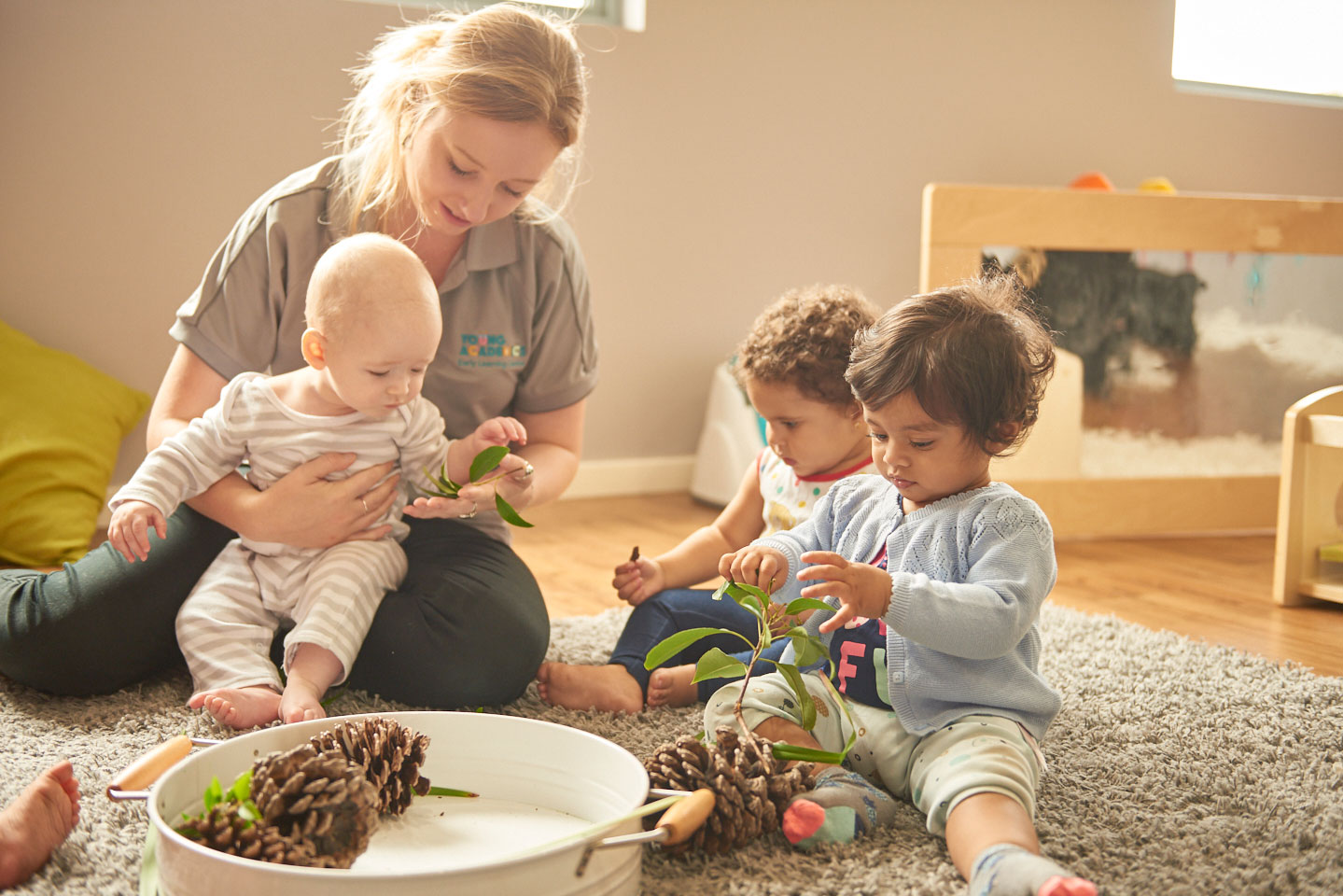Indoor learning environments in early childhood should be creative, captivating and charming. These environments are crucial for children to learn, grow and develop. These indoor learning environments in early childhood settings must be thoughtfully designed and well-organised. This is the space children will be spending most of their time in, therefore critical it promotes a sense of comfort and invites exploration and engagement.
When designing and planning a productive indoor learning environment for early childhood, it must include specific characteristics comprising of areas that are:
- Rich in experience: learning environments in early childhood need to offer children a place to explore, experiment and learn through experience.
- Rich in play: play-based learning is one of the essential ways children experience and explores new findings. It allows them to develop and grow physically, emotionally and cognitively
- Rich in teaching: an indoor learning environment in early childhood should always include the role of an educator or caregiver. This is critical for their development and education as children depend on them as a mentor and nurturer.
- Rich with people: children must engage with other children for them to strengthen vital social skills such as taking turns, sharing and team-work.
- Rich in meaning: children need to feel important and like to belong. Therefore creating places where they feel responsible for helps them form a sense of independence.
Early childhood materials and equipment to incorporate in learning environments
Not only does a learning environment have to be designed well, but the materials and equipment also used need to be carefully chosen, to enhance the effectiveness of the space. These materials and equipment can be added to any early childhood learning environment to assist with their development and growth.
It is crucial that learning environments in childcare also promote physical activities. Children learn through different physical activities such as obstacle courses, sports and dancing.
Learning environments in early childhood should also incorporate colour and decor, which supports the different functional areas of the room.
- Vibrant and fun colours including red and yellow support gross motor areas
- Blues and greens are excellent choices for hands-on areas
- Lighter greys and white are great for areas that need concentration
- Pastels are great for reading areas and low-intensity activities
These environments need to also take into account the needs of educators and parents. Early childhood learning environments need to be functional for educators/parents for them to easily rearrange the space when they need to while supervising and supporting children. It is recommended that these environments are flexible and adaptable to adapt to the different needs of children.
Some other ways you can organise learning environments in early childhood include:
Soft, accessible and relaxing environments: this is important as children spend a lot of time in these spaces and need to feel comfortable and relaxed
- Surfaces that are not hard
- Water, rugs, pillows
- Ensure areas respond to a child’s basic physical needs
Flexible materials and equipment: this is important as children need variety to provide them with a sense of creativity and control
- Sand, water, play-dough
- Jigsaw puzzles, sensory items, creative activities
- Books and reading materials
- Dramatic play equipment (pretend telephones, kitchen and dress-up clothes)
- Building blocks
- Musical instruments
Learning environments in early childhood should be warm and nurturing, offering children a place where they belong and respect each other. These areas should support a child’s learning experience and place their needs at the forefront.
Make sure your child is learning in an effective and nurturing learning environment!
















